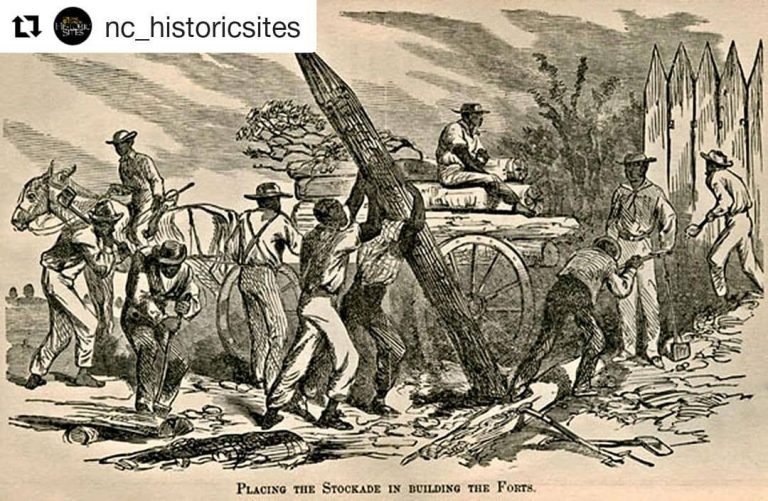
“Raising Corn, Embankments, and a Little Hell: Impressed Labor and the Wilmington Fortifications” presented by Jaime Amanda Martinez, UNC Pembroke


The Brunswick Civil War Round Table shared the following information about Lower Cape Fear history with the Southport Historical Society:
Impressment laws were enacted in North Carolina in the summer of 1862, and lasted throughout the war. Impressment was the legislated policy of the Confederate government to seize food, fuel, slaves, and other commodities to meet the needs of the Confederate army. Importantly, slave impressment was officially enacted in the March 1863 Impressment Act, which allowed the government to force slave holders to surrender control of their slave populations in order to defend the Confederate states. Despite protests from slave owners, slave impressment proved critical in allowing the Confederate government to shore up fortifications and keep the war machine churning out arms and ammunition until the end of the war.
The summer of 1864 became a key point in time when North Carolina Governor Zebulon Vance was running for re-election. In question was his level of support for the war effort. This involved the Confederate government centralizing slave impressment, and Vance’s concern for the fate of enslaved men impressed to work at Wilmington, while the grain planters needed their labor at home. As a result, American Indian men were impressed as laborers, leading to armed conflict between Lumbee men and the North Carolina Home Guard in Robeson County by the end of the war.
This information is based on a presentation entitled, “Raising Corn, Embankments, and a Little Hell: Impressed Labor and the Wilmington
Fortifications” by Jaime Amanda Martinez, Ph.D., Professor, and Chair
in the Department of History at the University of North Carolina at Pembroke. Ms. Martinez’ first book is entitled, Confederate Slave Impressment in the Upper South. She is a frequent speaker at Fort Fisher events to talk about the role of enslaved, free black, and American Indian men in building the Wilmington fortifications, and is a member of the North Carolina Historical Highway Marker Advisory Committee.
